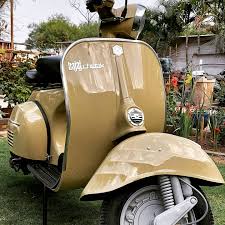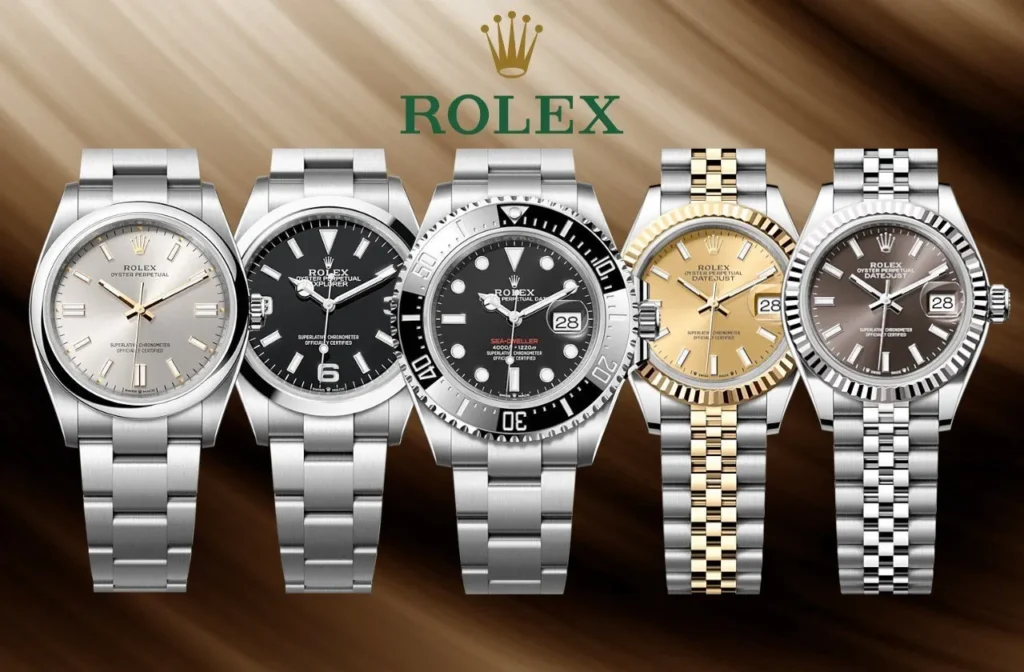Unforgotten Brands – Bajaj Auto

Bajaj Auto has morphed from a trading firm to a large manufacturer of 2-wheelers, 3-wheelers and even quadricycles
Wardha native and successful businessman Bachhraj Bajaj established a cotton ginning facility there.
In 1889, Jamnalal Bajaj was born in the impoverished hamlet of Kashi Ka Bas in the Indian state of Jaipur. Bachhraj Bajaj and his family visited the temple in the hamlet in 1894. They saw Jamnalal, a little boy, playing near his house and decided to follow him. Jamnalal was eventually convinced to become Seth Bajaj’s adoptive grandson. In response, Bajaj built a well for the community.
His paternal grandfather’s cousin, Bachhraj, was a prominent businessman in the British Raj and distantly related.
Jamnalal joined the family company of his adoptive family when he was old enough, learning the ropes from his adopted grandfather, Seth Bachhraj. During this time, he learned the ropes of being a merchant, including how to maintain meticulous records and make profitable deals in various goods. Before Bachhraj passed away, Jamnalal had already achieved professional success.
Bachraj Trading
Jamnalal founded the trade firm Seth Bachraj & Company in 1926, and he was the only shareholder. His two sons, Kamalnayan and Ramkrishna Bajaj, and his son-in-law, Rameshwar Nevatia, established Bachraj Trading Corporation in the 1940s.
In 1948, the company started producing two- and three-wheeled automobiles built using foreign parts. Originally situated in Kurla, the Bachhraj Trading Corporation’s production facility moved to Akurdi.
Vespa
The first model, the Vespa 150, hit the market in 1960. The Italian company Piaggio licenced its release. Vespa was a successful brand for nearly ten years. The distinctive front fairing, flat floorboard, and engine cowling are all integral parts of the Vespa scooter’s painted, pressed steel unibody.
Then, beginning in 1971, the business began rolling out its three-wheeled cargo van.

Autorickshaw and Chetak

The firm was about to hit a tipping point. Bajaj Auto introduced the now-iconic Bajaj Chetak just a year later. The Chetak, a mythical steed of the Indian hero Rana Pratap Singh, served as the inspiration for the name. For decades, millions of Indian households relied on the inexpensive Chetak, inspiring the phrase “Hamara Bajaj.”
To read more about Chetak, visit – https://onlykutts.com/index.php/2023/08/22/unforgotten-brands-bajaj-chetak/
Connection with Firodias
After completing law school, Navalmal Firodia opened a practice in Ahmednagar and spent time in Yerawada prison while fighting for independence. Jaya Hind Industries was founded by him in the middle of the 1940s as an agent for Woodstock typewriters in Mumbai, a full year before India’s independence.
Firodia wasn’t content to stop at importing and selling typewriters, so he dreamed up the idea of a people transporter that rode on three wheels. He envisioned that he might adopt the European three-wheeled goods carriers used to transport bakers and florists as passenger carriers. In 1947, the Jaya Hind Industries of the Firodia family established a joint venture (JV) with Jamnalal Sons of the Bajaj family via the Bachraj Trading Corporation to produce the now-ubiquitous autorickshaw.
The Bajaj family owns and runs Bajaj Auto, which is what this partnership eventually became. There are still millions of autorickshaws in use today, thanks to the Firodia family’s generosity.
NK Firodia wasn’t satisfied with his progress, despite his dedication to establishing his autorickshaw company. In 1957, he established Firodia Tempo, a partnership with the German firm Vidal & Son’s Tempo Werkes to produce the Tempo Hanseat, a three-wheeled cargo van. The bail-gaadi (bullock cart) was something he was hoping to improve. In 1958, the Firodias, the Bajajs, and the Tempo Werkes division of Vidal & Son entered into a contractual agreement. Bajaj Tempo Company was the name of the joint venture that produced Tempos in Goregaon, Mumbai. (In 2005, the two JVs merged to form what is now known as Force Motors.)
Rahul Bajaj and the Firodias couldn’t agree on how to divide the company. In September 1968, after a lengthy legal fight, Firodias were awarded Bajaj Tempo, and Rahul Bajaj was given Bajaj Auto. When he started, Escort, Enfield, LML, and Kinetic were some of his main rivals. The combined proportion of the two-wheeler market was 75%, while the share of the three-wheeler market was 10% at the time. Bajaj hid the rest away.
Other Bajaj Scooters
In 1977, Vespa’s licencing deal with the company came to an end. However, manufacturing didn’t stop, and Bajaj introduced the Bajaj Super, a household symbol at the time in India. In those days, it served as a dowry. The Super is quite similar to the Vespa in many respects. Bajaj Priya was introduced in 1977 when Maharashtra Scooters and Bajaj Auto entered into a new licencing deal. It was a geared scooter that looked a lot like the original Bajaj 150. The same firm also introduced a rear-engine autorickshaw that same year.
Now
There was a time when scooters were not preferred, but life has come full circle with scooters back on the roads, and Chetak is in an electric avatar. Bajaj is going from strength to strength with a range of motorcycles and products in other categories.
Reference
https://en.wikipedia.org/wiki/Bajaj_Auto
https://www.motorbeam.com/the-history-of-bajaj-auto/
https://en.wikipedia.org/wiki/Jamnalal_Bajaj
https://www.forbesindia.com/article/india-rich-list-2016/the-force-is-with-firodia/45015/1



